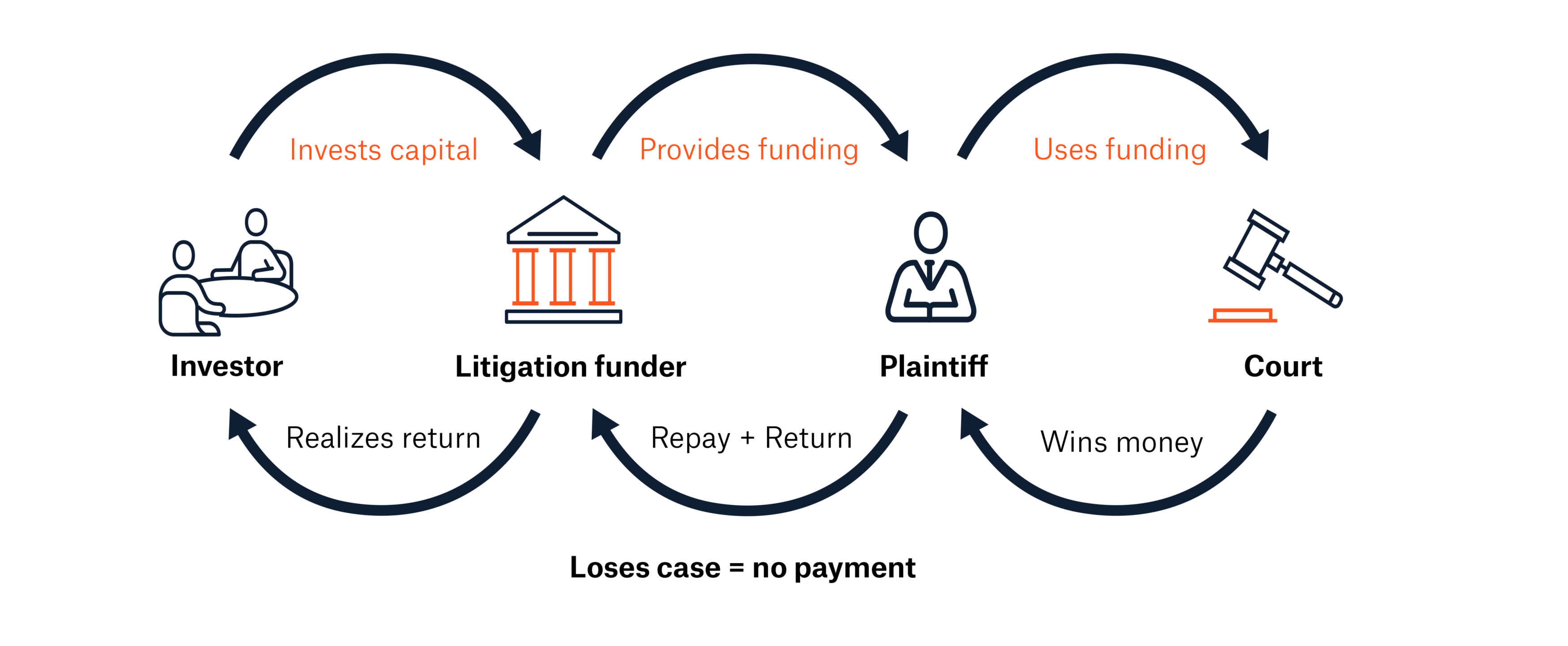
$3,621+
Average household pays due to abusive litigation that raises costs of products and services¹
300%
Rise in Nuclear Verdicts® in 2019 from annual average 2001-2010²
375
Typical days to close claims with attorneys, compared to 168 days without attorneys³
Drivers of legal system abuse
Desensitization to large verdicts
Needed repairs to the civil justice system
Diminished value of money
Class action lawsuits
Litigation funding
Social media and legal advertising
Public distrust of corporate defendants/attorneys
Generational shift in jury pools
Increase in medical expenses
Jury anchoring
Venue shopping
Nuclear Verdicts®
Top 10 states by cumulative Nuclear Verdicts (>$10mn) 2010-2019
Largest jury verdicts of 2022
Litigation funding

1 The US Tort System Costs $443 Billion, US Chamber of Commerce, The Institute for Legal Reform, January 5, 2023 The U.S. Tort System Costs $443 Billion | ILR (instituteforlegalreform.com)
2 Pain, D. 2020. Social Inflation: Navigating the evolving claims environment. Geneva Association. Retrieved: January 23, 2023. (https://www.genevaassociation.org/sites/default/files/research-topics-document-type/pdf_public/social_inflation_web_171220.pdf)
3 Insurance Research Council. 2022. Public Attitudes on Litigation Trends and the Role of Attorneys in Auto Insurance Claims. Retrieved: January 26, 2023. (https://www.insurance-research.org/research-publications/countrywide-patterns-auto-injury-claims)
4 U.S. Chamber of Commerce Institute for Legal Reform. 2022. Nuclear Verdicts: Trends, Causes, and Solutions. Retrieved: January 22, 2023. (https://instituteforlegalreform.com/wp-content/uploads/2022/09/NuclearVerdicts_RGB_FINAL.pdf)
5 Law.com VerdictSearch. 2023. Featured Verdicts. Retrieved: January 24, 2023. (https://verdictsearch.com/state/all/)
6 American Property Casualty Insurance Association. 2023. Legal System Abuse Hurts Families and Affects Jobs. Retrieved: January 23, 2023. (https://www.apci.org/legal-system-abuse/)
Downloads
Experts

Related Topics
Related Articles
Newsletter
properties.trackTitle
properties.trackSubtitle




